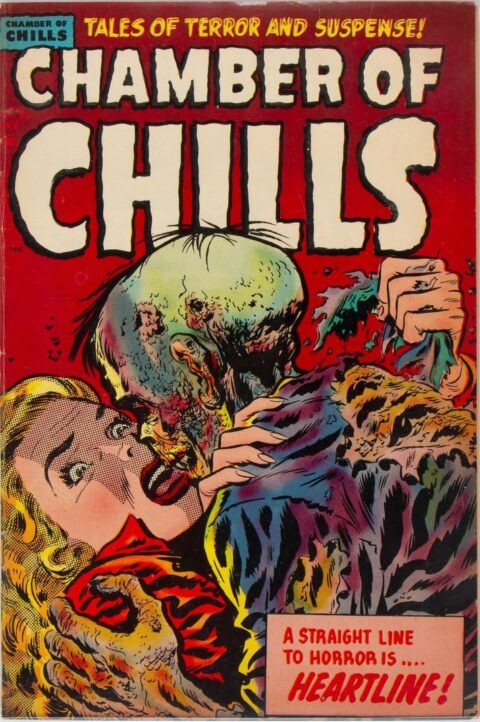The Comics Too Scary for 1954: A Guide to Pre-code Horror
Why Pre-Comics Code Horror Comics Are So Coveted
Before superheroes took over, horror comics dominated the shelves. Today, collectors and readers still chase down those early issues, especially the ones published before the Comics Code Authority changed everything in 1954. These are known as Pre-Code Horror comics, and their value continues to climb.
What Are Pre-Code Horror Comics?
Pre-Code Horror refers to horror comics printed before the Comics Code was enforced. These books often featured graphic violence, disturbing imagery, and dark themes that would later be banned. Titles like Tales from the Crypt, The Vault of Horror, and Chamber of Chills gave readers stories about zombies, vampires, mad scientists, and murder.
Why Did the Code Happen?
In the early 1950s, critics and lawmakers accused comics of harming kids. A Senate hearing and public pressure led publishers to create the Comics Code Authority. This self-censorship body banned many common horror tropes. Words like “terror” and “horror” were no longer allowed in titles. The entire horror genre was stripped of its bite.
Why Collectors Still Love Them
Scarcity: Many of these comics were thrown out, making surviving copies hard to find, especially in good condition.
Bold and era-specific artwork: Artists like Jack Davis and Graham Ingels created detailed, expressive work that stands out even today.
Freedom in storytelling: The stories didn’t play it safe. Endings were harsh, ironic, or morally gray.
Historical value: These comics show what creators were doing before strict content rules shaped the industry.

🧠 Fun Facts About Pre-Code Horror Comics
1. EC Comics wasn’t the only sheriff in town.
While EC is the most well-known, dozens of smaller publishers like Ajax-Farrell, Ace, and Harvey were putting out horror books with wild covers and strange titles like Witches Tales and Weird Mysteries.
2. The Comics Code banned the word “horror.”
After 1954, publishers were no longer allowed to use the words “horror,” “terror,” or “crime” in their titles. This instantly killed off many of the most popular horror series.
3. One comic cover sparked a Senate hearing.
Crime SuspenStories #22 featured a man holding a severed woman’s head. That cover was used as evidence in a 1954 U.S. Senate hearing on juvenile delinquency.
4. Famous artists got their start here.
Artists like Frank Frazetta, Jack Davis, and Basil Wolverton cut their teeth on horror comics before moving on to more mainstream or commercial work.
5. Some issues were literally burned.
During the moral panic of the early '50s, some communities held comic book burnings, targeting horror and crime titles in particular.
6. The Code made things weird.
To get around restrictions, some post-Code horror comics started using sci-fi or fantasy settings. Vampires became “energy beings” and zombies were “sleepwalkers.”
7. They influenced modern horror.
Filmmakers like George Romero and writers like Stephen King have cited Pre-Code Horror as early inspiration for their work.

